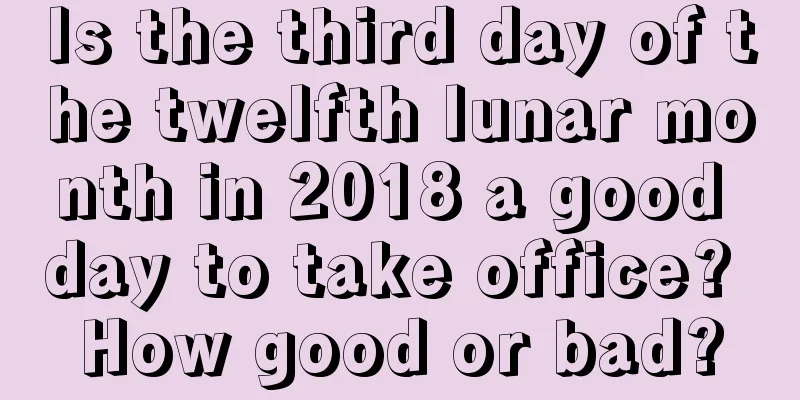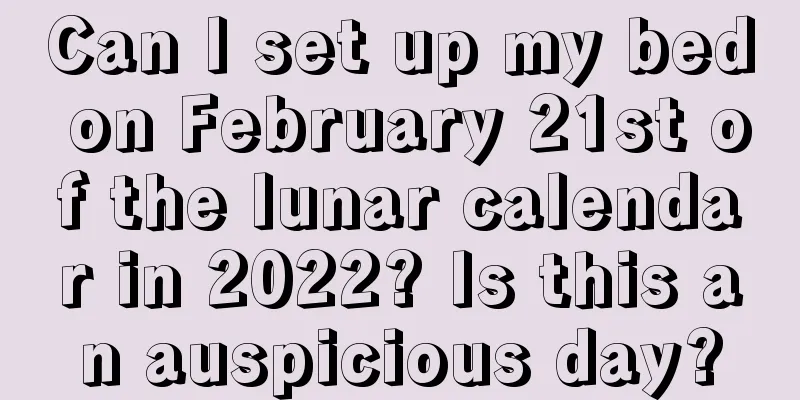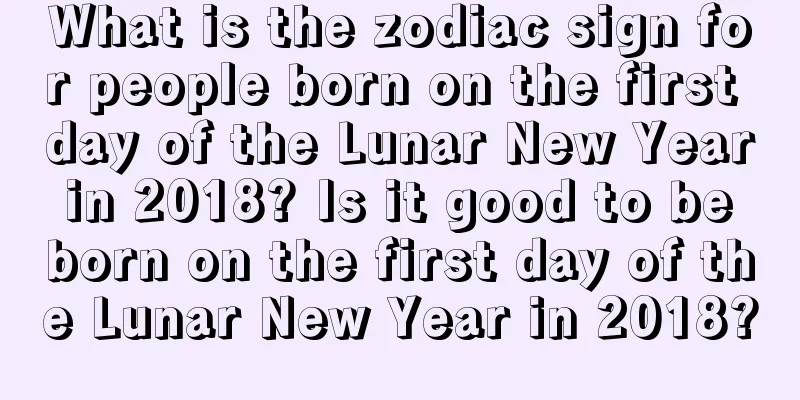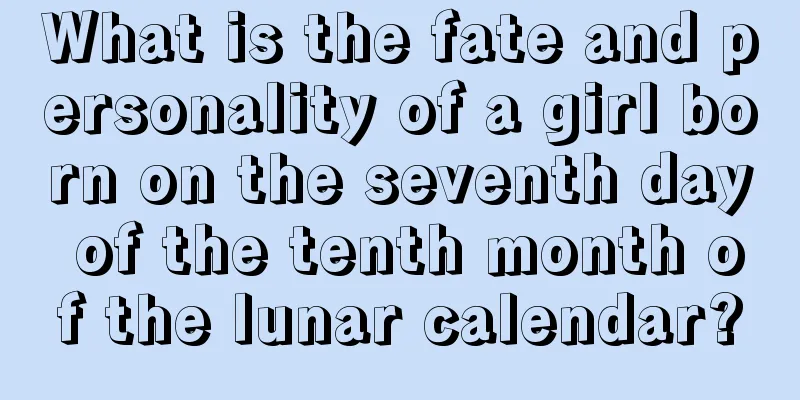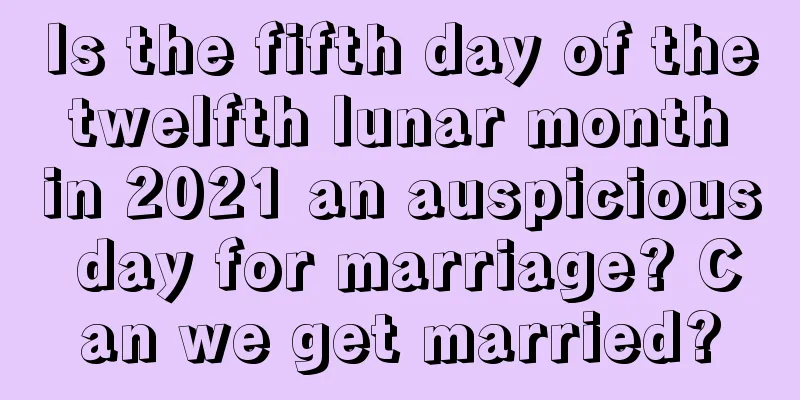What are the customs and origins of Spring Festival greetings?

An important activity during the Spring Festival is to visit new friends and neighbors to wish them a happy New Year, which was formerly known as New Year's greetings. New Year's greetings are a traditional custom among the Chinese people. It is a way for people to bid farewell to the old and welcome the new and express good wishes to each other. So if you want to know more about the 2018 Spring Festival, then continue to wander in the 2018 Spring Festival special topic on the Fortune Teller website!The legend of Spring Festival greetings:Legend has it that in ancient times there was a monster with a single horn on its head and a bloody mouth. People called it "Nian". Every night of the 30th day of the twelfth lunar month, it would rush out of the mountains and forests to prey on and devour people. People had no choice but to prepare some meat and put it outside the door, then closed the door and hid at home until the morning of the first day of the new year, when "Nian" left after a full meal. Then people opened the door to greet each other, bowed and congratulated each other. One year, Nian came to the village again, and people found that it was afraid of red things and loud noises. So year after year, before the New Year came, people pasted red paper on the doors and hung red lanterns. When the New Year came, people threw firecrackers made of hollow bamboo on the ground, making loud noises. Finally, the New Year was driven away. Later, people had the custom of pasting couplets, hanging lanterns and setting off firecrackers.The origin of Spring Festival greetings:In ancient times, upper-class scholars and officials had the custom of sending congratulations to each other using name cards. Zhou Hui, a man from the Song Dynasty, said in "Qingbo Magazine": "During the Yuanyou period of the Song Dynasty, servants were often sent to deliver New Year's greetings." At that time, the literati had a wide range of friends, and visiting them to wish them a happy new year would be time-consuming and energy-consuming. Therefore, some friends who were not very close would not visit them in person, but instead sent servants to wish them a happy new year on their behalf with a card that was two inches wide and three inches long, cut from plum blossom paper, with the name, address and congratulatory words of the person being congratulated written on it. In the Ming Dynasty, people paid New Year's greetings instead of paying New Year's greetings. Wen Zhengming, an outstanding painter and poet in the Ming Dynasty, described it in his poem "New Year's Greetings": "I don't ask for a face-to-face meeting, but only send greetings. The papers with names on them come to my house every morning. I also send a few papers to others, but people hate short ones but not empty ones." The "famous ci" and "famous ye" mentioned here are the origins of today's New Year's cards. New Year's cards are used to keep in touch and send greetings to each other. They are convenient and practical, and are still popular today.Since the Qing Dynasty, the form of "group greetings" was added to New Year's greetings. Yilanzhu, a Qing Dynasty writer, said in "Cemao Yutan": "The capital city routinely holds group greetings at the beginning of the year to strengthen friendship and promote hometown ties." "Every year, the book red on duty would book guests, hold banquets, and have fun all day long." Since the Qin and Han Dynasties, countless people have come to congratulate him. Since the Ming and Qing Dynasties, the order of New Year greetings is: first worship the gods of heaven and earth, then worship the real images of ancestors, then worship the elders, and finally the whole family greet each other in order. Show great courtesy to elders, give rewards to children, and bow to peers when speaking. The order of visiting relatives and friends is: visit one's own family on the first day; visit maternal uncle, aunt, father-in-law, etc. on the second and third day, until the sixteenth day. Modern multi-line family gatherings, and mailing New Year’s cards and letters at the end of the year. |
<<: Traditional customs of the Spring Festival
>>: What are the rules for hanging lanterns during the Spring Festival?
Recommend
What kind of personality do people born on the sixth day of the fourth lunar month have? How’s your life?
Introduction: The numbers 6 and 8 have always been...
Check out the auspicious dates for funerals in November of the lunar calendar 2017!
Introduction: In traditional culture, many things ...
A list of auspicious and inauspicious times during the Spring Equinox in 2019!
What are the auspiciousness and inauspiciousness o...
Is the 2019 Beginning of Heat an auspicious day? What time is the Beginning of Heat?
Every year when the Beginning of Autumn comes, it ...
How is the life fortune of a boy born on May 24, 2021? Five Elements Numerology Query
The fifth month of the lunar calendar is midsummer...
A detailed explanation of the positions of the God of Wealth and the God of Joy on the sixth day of the first lunar month in 2021!
The positions of the God of Wealth and the God of ...
What is the exact time of Bailu in 2019? What is the exact time of Bailu in 2019?
Time flies. After summer, we come to early autumn,...
Where is the God of Wealth on the 30th day of the first lunar month in 2019?
For more details about the 2019 New Year and the ...
Can I get married on the sixth day of the seventh lunar month in 2019?
Choosing a date to get a marriage certificate is ...
Analysis of the fate of girls born on May 25th of the lunar calendar in the Year of the Tiger in 2022
The fifth month of the lunar calendar is midsummer...
Is the seventh day of the twelfth lunar month in 2018 suitable for giving birth to a girl? Is the day's hexagram a good sign?
The culture of numerology has been continuously de...
Query the location of the God of Wealth on the 19th day of the third lunar month in 2018
An ancient poem says, "Fireworks are everywh...
A baby born on March 29th of the lunar calendar in 2022 is a Taurus?
I believe everyone knows the twelve zodiac signs. ...
Is it a good idea to move into new house on November 13th of the lunar calendar in 2018?
The eleventh month of the lunar calendar is the w...
What is the auspicious day on the first day of the second lunar month in 2020, and what zodiac sign is it compatible with?
Judging the auspiciousness of a day: You can analy...

